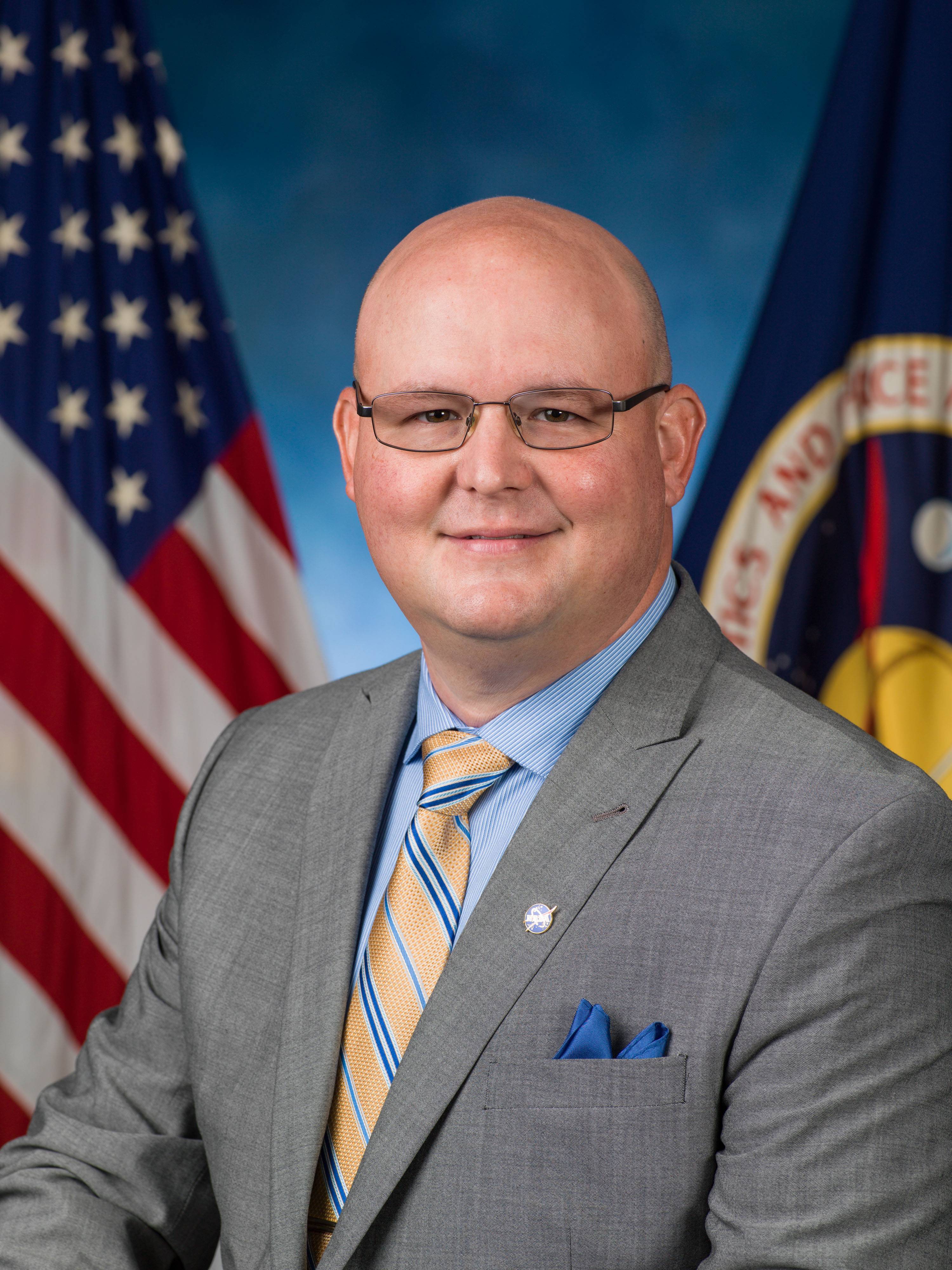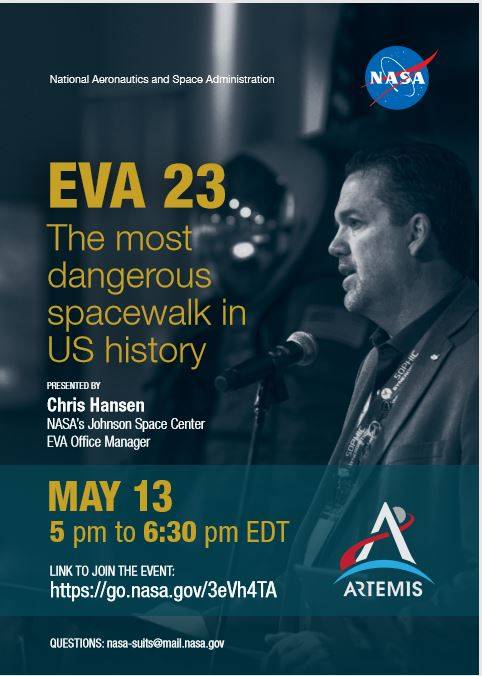Brandon Hargis Manages a National Artemis Student Challenge with NASA's SUITS Program

Brandon Hargis, a Texas State University faculty of practice from the LBJ Institute for STEM Education and Research, is currently working with NASA Johnson Space Center under an Intergovernmental Personnel Agreement to manage a national Artemis Student Challenge for the agency known as the NASA Spacesuit User Interface Technologies for Students (SUITS). NASA SUITS challenges higher education students to design informatics system software solutions within augmented reality environments that support and inform critical research and concept development for future suit capabilities. Student teams use head-mounted displays like the Microsoft Hololens to contribute to NASA Artemis missions. NASA SUITS demonstrates NASA’s STEM Engagement strategies by creating unique opportunities for students to contribute to NASA’s work in exploration and discovery, building a diverse future STEM workforce by engaging students in authentic learning experiences with NASA’s people, content and facilities, and strengthening understanding of STEM by enabling powerful connections to NASA’s mission and work.

NASA SUITS hosted Chris Hansen, NASA’s Johnson Space Center’s Extravehicular Vehicular Activity (EVA) Office Manager, on May 13th virtually through a Microsoft LIVE event. The webinar set a record of 2,422 unique logins worldwide. Mr. Hansen presented the lessons learned from the EVA 23 incident that occurred on July 16, 2013, onboard the International Space Station (ISS). Forty-four minutes into the ISS EVA, Astronaut Luca Parmitano's helmet began filling up with water. As the water level continued to rise, it propagated around to the front of his face, which could have resulted in a fatal accident. What followed became the most dangerous EVA incident in US history. The mishap investigation identified many lessons learned used to make any hazardous operation safer. Mr. Hansen explained the importance of diversity amongst team members to help problem solve.

The webinar reached a wide audience ranging from middle school, high school, higher education, and professionals. A 12-year-old girl thanked Mr. Hansen for the engaging event and asked how she could become an astronaut. Mr. Hansen replied, “Follow your passion. Find a career you love. Study hard in Science, Technology, Engineering, and Math (STEM). If you love what you do, you will have the drive to be successful.” Another participant from the Challenger Learning Center of Alaska stated, “The Most Dangerous Spacewalk in History was really interesting! Great real-world information for me to add to my workshops to inspire the Artemis generation. I am so glad I received information from the Alaska Space Grant and was able to log in virtually.”
The EVA office challenged NASA SUITS students to design and create spacesuit information displays within augmented reality environments. NASA SUITS gives higher education students an authentic engineering design experience supporting NASA’s Artemis mission. For more information on how to apply, click HERE.